I absolutely love animal and nature documentaries; I can (and do!) watch them for hours on end, even if I've seen them dozens of times before. We own quite a few of these nature documentaries and series on dvds, and I can almost narrate some of them word for word at this point. They all vary in terms of their quality (though Planet Earth and Life in Cold Blood are the best, hands down), but overall nature documentaries are incredibly informative, entertaining and, more often than not, somewhat comical. As far as connecting people to the natural world, nature documentaries do the job quite efficiently.
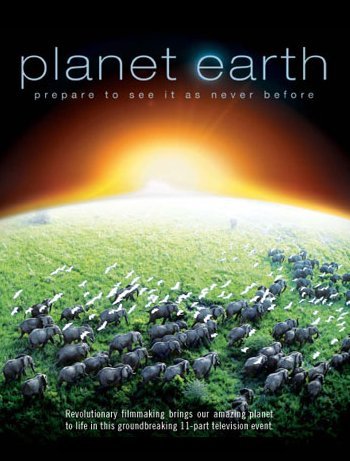
You really are doing yourself a disservice if you have not watched at least part of this series.
Despite the radical success I believe nature documentaries carry, I also believe there is some degree of failure (not enough to significantly change my feelings towards them, but enough that we need to consider how we continue our education). While all the information is these series is based on factual evidence, include the most up-to-date knowledge, and shot with cutting-edge technology, the shows are also expertly designed to play off human emotion. The studios behind the films want you to feel a real connection to the animals and ecosystem they are filming; after all, if you want people to help protect the natural world, you have to first get them to care about it. The narration and music score often enhance the emotional connection by encouraging people to grow attached to certain species, especially baby animals. While this is an effective means of connecting people to the natural world, it can be problematic when some interactions are taken into account.
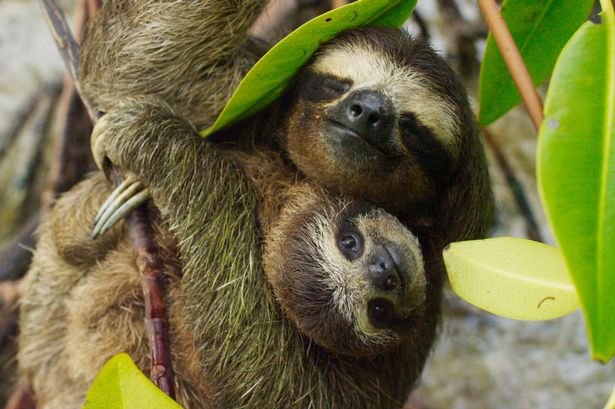
We've all seen a nature documentary where they introduce us to some cute baby animal; maybe we see it being born or hatching, and as the narrator speaks about the young animal (usually accompanied by a cheerful, mellow theme), we grow fairly attached to it in just the span of a few minutes. We suddenly find ourselves caring about its well-being and hoping that the baby remains safe. In that moment, we almost want to believe the world works like a Disney movie, and the baby will grow up happy and healthy. But then it happens; the narrator foreshadows a dark turn of events, perhaps saying something like, "The world is full of dangers for a defenseless infant". Suddenly the music changes to a foreboding bass, and we know something horrible is about to happen. A predator, perhaps a snake, shark, or lion, stalks the young prey and we feel a moment of apprehension as the baby animal tries to escape. Sometimes it successfully eludes its killer, but other times its life is cut brutally, tragically short. Depending on the outcome, we may feel elated and happy, or discouraged and disappointed.
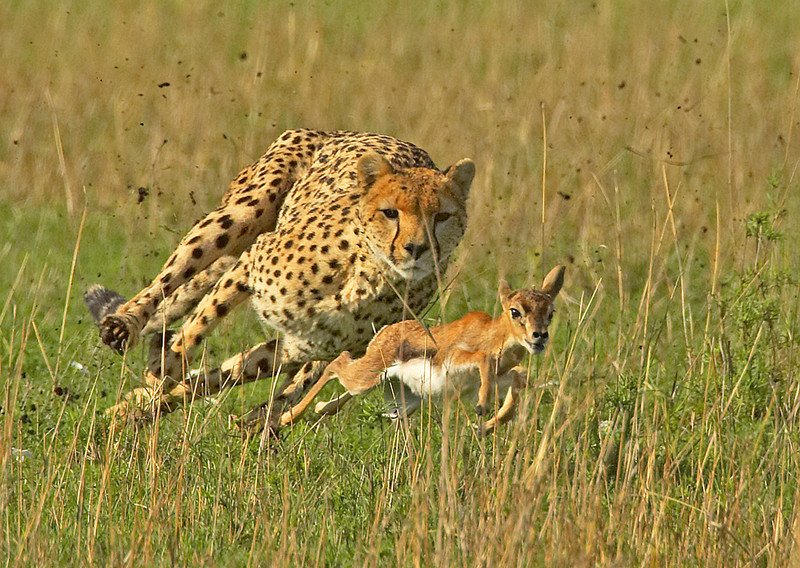
This might not seem like a bad thing when you first think about it. The fact that people develop an emotional connection to this animal in such a small span of time, so much so that they are invested in its struggle to survive, is encouraging for conservationists. So what's the problem? Well, while we built up the baby animal as our protagonist, the documentary, intentionally or unintentionally, sets up the predator as an antagonist. Because it threatens the life of the young animal we've come to care about, we see it as an enemy; we are moved to dislike or hate them.

Nature documentaries are not just an educational tool, they are a form of entertainment. They have to awe, entertain and inspire to pique our interests, otherwise most people won't watch them if they are dull and bland. When it comes to films and movies, we love a good conflict; we like to see our heroic protagonist locked in a valiant struggle against a evil nemesis. Unfortunately, this is also reflected in nature documentaries and it has a fairly negative effect for our "evil" predators. We want to dislike these animals and we want to see them fail simply because of the light they are portrayed in for a few moments. However, there is no "good and evil" in the natural world, only an ongoing struggle to survive...a struggle that often results in casualties on all sides. That viscous predator that was stalking the baby wasn't doing so for the sole sake of taking a life; perhaps it hadn't eaten in weeks or was trying to find food for its own offspring. We are so emotionally invested in the one side of the relationship that we forget to really think about the other side. That animal serves a valuable role in the ecosystem, and while it may have to do seemingly "evil" things to survive, its presence in the environment is of critical importance.

The portrayal of animals as "the bad guy" can have long lasting and incredibly destructive results. Over 30 years ago, the film Jaws entrenched the terrifying image of great white sharks as relentless killers in the mind of the public. Three decades later, many people still see these animals as bloodthirsty monsters and they are often killed on sight.
"It perpetuated the myths about sharks as man-eaters and bloodthirsty killers … even though the odds of an individual entering the sea and being attacked by a shark are almost infinitesimal." George Burgess, a shark biologist at the University of Florida in Gainesville Source
Today, many shark species around the world are critically endangered, and biologists are battling public opinion to bring them back. Thanks to educational programs and events like Shark Week, we are beginning to understand sharks a whole lot better as graceful predators that are key components of our oceans, however the effects of their defamation are still felt even today. With so many movies out there depicting some animals as relentless foes, we have to be sure that nature documentaries are adequately depicting these animals in a positive light. It's difficult to be sure, and we don't have to make people like them, but they need to recognize their biological significance.
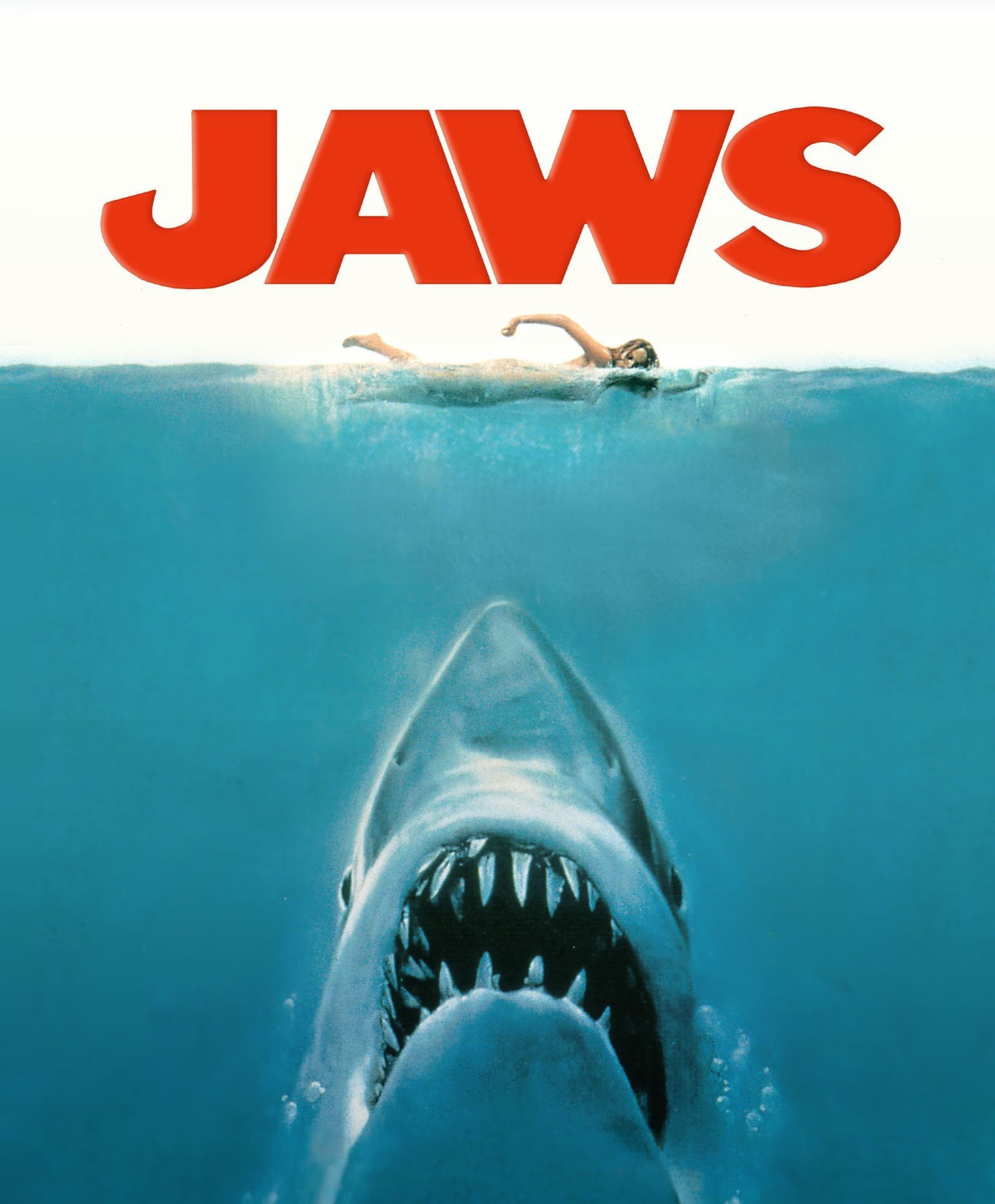
Most recently, a particular scene from the new Planet Earth 2 went viral, depicting young marine iguanas running from a massive snake attack. It is made very clear, even from this short clip, who is regarded as the protagonist and who our antagonists are (hint: most people aren't rooting for the snakes).
The snakes were quickly demonized by viewers, but there were some who asked the question, "won't someone think of the snakes?" Rhys Jones, in an article titled In Defense of Racer Snakes, set out to set the record straight about these equally amazing animals. He points out that we are shown the snakes as "slimy, cold, angry sticks with teeth rather than anything resembling a living, breathing creature" (source), and that helps drive the public fear of snakes (called ophidiophobia fyi). For the snakes, the hatching of the iguanas is a critical source of food; if they miss their chance to catch one, they face the risk of dying of starvation. We may not like what they do (heck, even I was sad to see some of the iguanas get captured), but the process is biologically natural and important for the ecosystem to thrive. We cheered when the little iguana got away, but no one thinks of the starving snake down on the rocks who just missed his chance to eat.
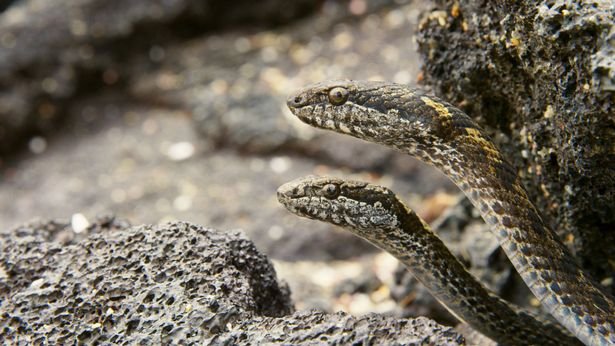
I will always love documentaries, but we need to reconsider how we portray species that must kill to live. They are important to the functionality of an ecosystem, even if they are ugly, scary or do terrible things to survive. The vilification of these animals (most of which are incredibly beneficial overall) does have a negative effect when it comes to preserving these species. Predation is not a happy occurrence, but it drives the natural world to evolve and improve, and keeps species and populations healthy and in check. Without these "evil" predators, life on Earth would not be what it is today (and neither would we). So next time you watch a documentary, think about life from the predator's view and how beneficial they really are to the ecosystem as a whole.
Image Links: 1, 2, 3, 4, 5, 6, 7
Video Link: 1


